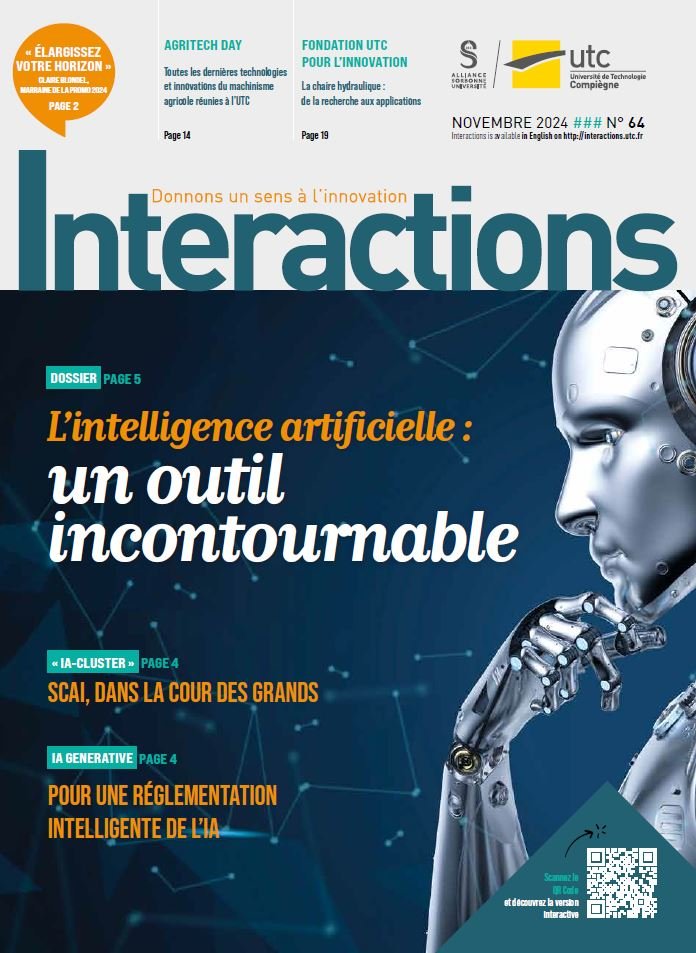Design engineering present at UTC since it was established

For almost 50 years now, UTC has been training around 30 design engineers every year. Yoghurt pots, household appliances, drones… Nothing can resist their pencil and pen art! A closer look at this atypical specialty elective course in the landscape of French engineering schools.
In 2023, like UTC, it will blow out its 50 candles. Created by renowned designer Danielle Quarante, the IDI program “convinced UTC founder Guy Deniélou of the importance of training engineers in design thinking, to put the user at the heart of the design process,” explains Emmanuel Corbasson, head of the program. Today, the course remains an exception in France, because, apart from UTBM (BelfortMontbeliard) and other specialised Masters degrees such as the D‑School hosted by the Ecole des Ponts ParisTech, there are no other engineering schools that integrate “design thinking” into their initial core training.
But what is the difference between a “classical” engineer and a design engineer? “The design engineer takes the user into account in the design process. It can be a problem of use, service, recycling, etc., to which he can provide a solution. The aim of the IDI programme is to teach the designer that there is a user, and that it is the user’s problems that need to be solved. “To train these engineers, the course offers courses in communication design, introduction to industrial design, product design, etc.
More recently, two CCs, Packaging Design and Sound Design, have been set up in response to a strong demand from the industrial sector. Another novelty is the increasing use of computer tools in design. “Students have to learn to master the graphics tablet, for example, even if the practice of drawing and sketching remains fundamental!” adds Emmanuel. The lessons are given in project mode (apart from the introductory lectures). The students are therefore closely monitored and accompanied by the teaching team. “Objects, whatever they are, always transmit emotions to humans. Work and projects must therefore be confronted with the other’s eyes,” says Emmanuel. And, in order to design, draw and conceive, people must feel confident.”
Design, a revelation for Emmanuel Corbasson
”Originally, I trained as an engineer in fluid mechanics applied to the biomedical field at INSA Lyon. During an engineering internship at Whirlpool Amiens, I drew a caricature of the department in which my superiors appeared. This led me to change departments and to be assigned to the Design department “since I had talent as a draughtsman”. A real revelation! I had no idea at the time how inseparable form and content were and what design could add to a product, even a mass market product. I had found my way, I just had to find the right training to get there. Being already an engineer, I chose the DESS in design at UTC, led by the dynamic Danielle Quarante at the time. I specialized in consumer products, everyday products, at Ronéo, Media6 and then Pierre Henri SA. I had always kept in touch with UTC and the IDI sector. In 2008, when the UTC asked me to come and teach in the IDI department, I did not hesitate, the opportunity for me to pass on this revelation, to act at the source… I took over as Head of the IDI course shortly afterwards.




